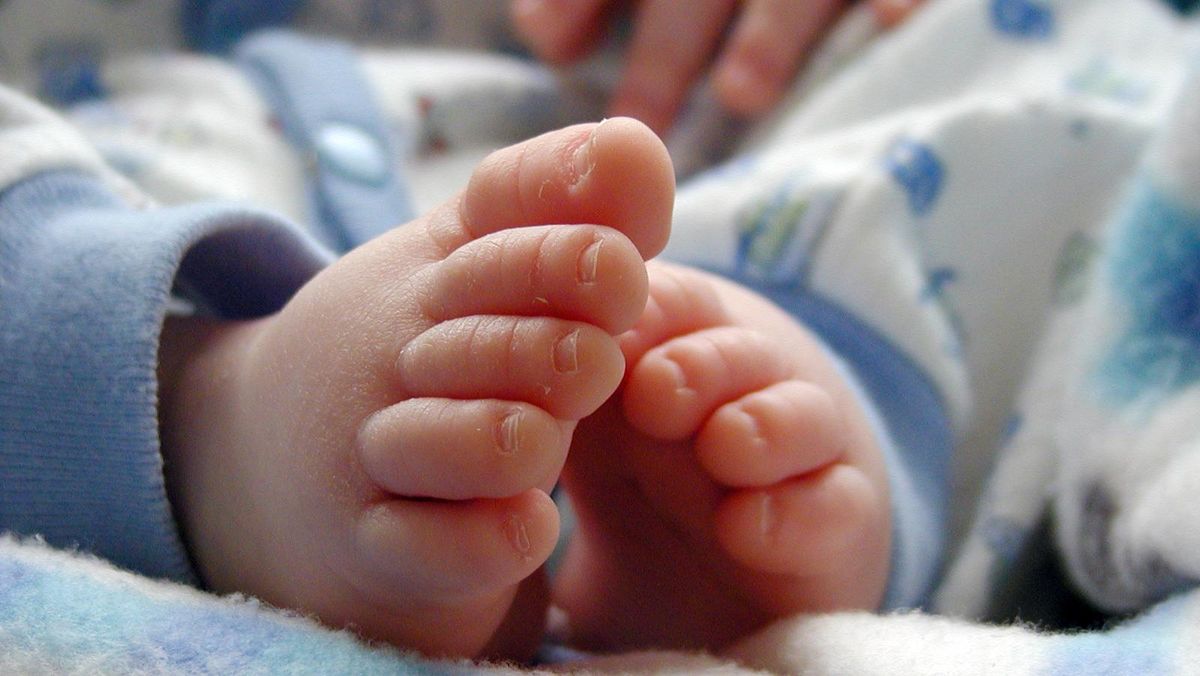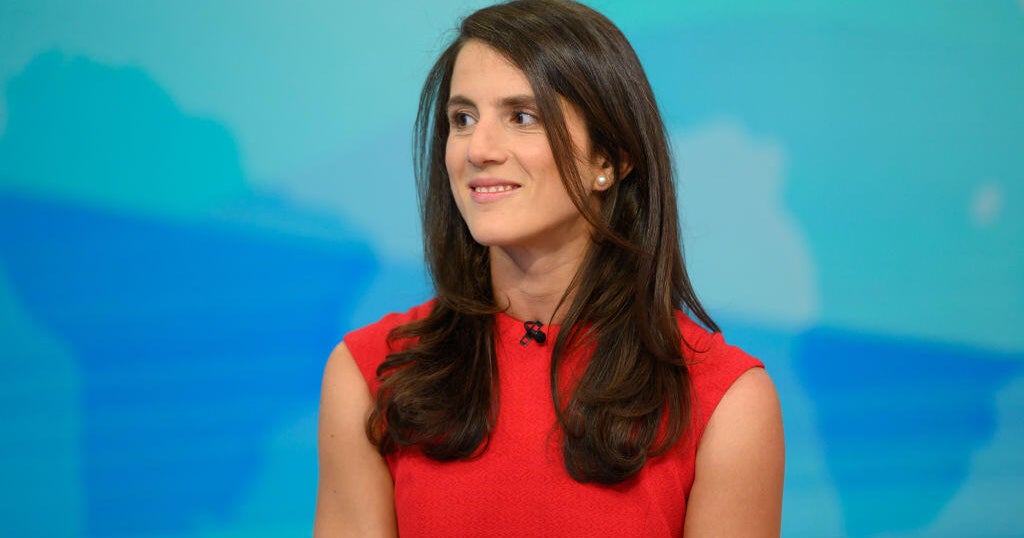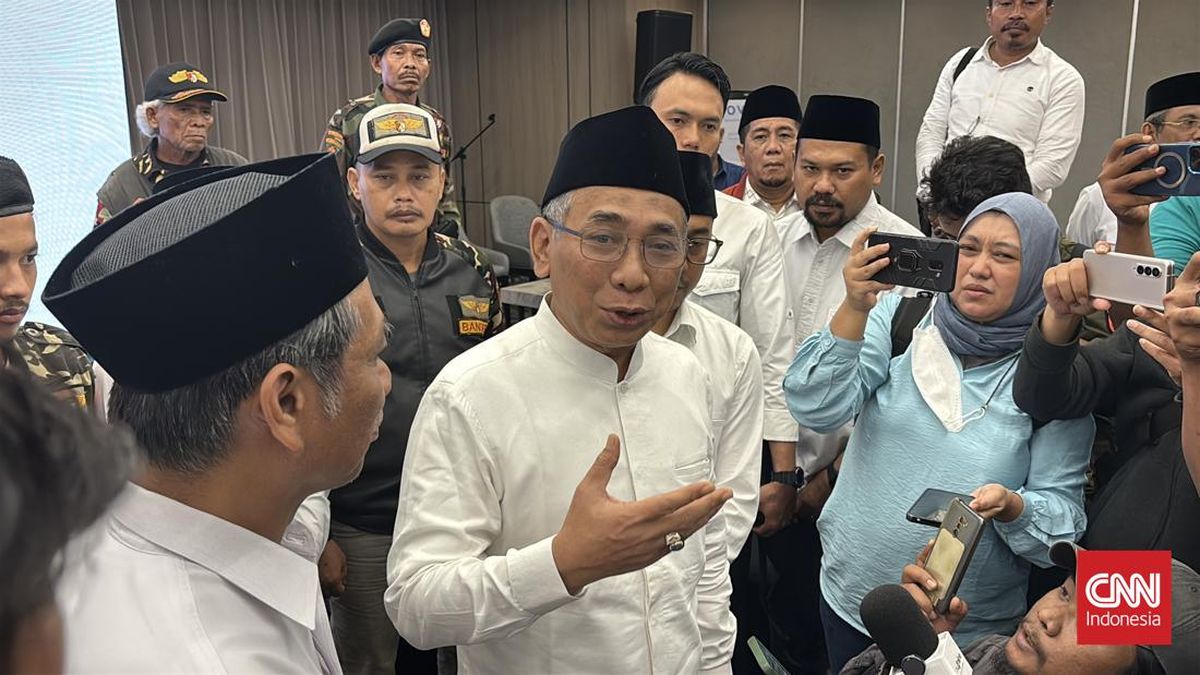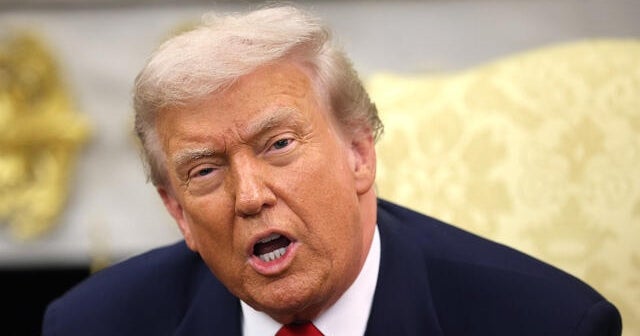The Morrison government wanted to divert students from arts degrees. The result is all ancient Greek to me
A year ago, as a year 12 student trying to decide what degree to pursue, I wrote a piece for this masthead about how the Job-ready Graduates scheme, introduced by the Morrison government in 2021, was deliberately diverting students away from arts degrees by slugging them with a higher fee increase than almost any other degree.
I did end up choosing arts. But what I didn’t realise was that the scheme would continue to push me away from studying areas I’m passionate about, through the bizarre cost discrepancies between different arts subjects.
Take my semester 1 subjects: literature and French were each $578. Creative writing and political theory were $2124 each.

Arts students face a bizarre fee system in which some subjects can cost nearly four times as much as other subjects.Credit: Simon Schluter
I was shocked when I received that first fee statement. My choice of study area would determine whether I paid about $2000 for a single subject or an entire semester. My whole degree could cost anywhere between $14,000 and $50,000. And I couldn’t understand the rationale behind these disparities. If, as it professed to do, the scheme’s pricing system aimed to incentivise “vocational” study areas, why were literature graduates considered four times more employable than politics students?
When I investigated further, I found the discrepancies between the cost of arts subjects even more perplexing. “Indigenous Australian art histories” is twice as expensive as “Art history: Australian art”. “Aboriginal writing” is double the price of “the Australian imaginary”. First Nations voices and history were long overlooked in university settings – why would these subjects be priced more prohibitively?
Whether there’s an agenda there or not, the average arts student, in choosing between these two art history or literature subjects, would almost certainly be influenced by the significant price difference. I would be.
Likewise, gender studies sits within the highest price bracket, costing $2124 per subject. Amid a domestic violence epidemic and a rising wave of youth misogyny, students who attempt to understand the nature and history of gender-based discrimination are slapped with a financial penalty. And if the rationale behind this is employability, it’s hard to argue that the high fees reflect the supposedly non-vocational nature of this study area, when Latin sits at the opposite end of the fee spectrum.
In fact, any argument that arts subject prices are determined by their vocational value seems void when you compare the prices of psychology and media with ancient Greek.
Loading
The federal government and the Australian Psychological Society have both raised concerns about a major shortage of psychologists. The mental health crisis that has been increasing globally in recent decades is not going away. Yet the university’s introductory first-year psychology subject (which can be studied through both arts and science, and is one of the most popular first-year subjects) has been pushed into that top fee tier.
Similarly, social and digital media are exerting a growing influence over the way society functions in the 21st century. But media subjects also fall within the highest fee bracket. Ancient Greek, though not spoken for 2000 years, is seemingly more “vocational”.
Surely, if the Job-ready Graduates scheme aimed to create employable graduates, it would incentivise subjects in areas that fill existing and predicted job shortages. So why are psychology and media students paying four times as much as classics students?
To be clear, I don’t consider classics to be any less important than media and psychology; I’m a literature major after all. I believe that every arts subject is important in a different way – whether it opens up job opportunities, or critical thinking, empathy and imagination. As a result, I think arts subjects should all be priced equally, so that students are free to pursue the areas of study that actually interest them.
Loading
But even if you disagree with that, if the intention of the Job-ready Graduates scheme is to make graduates more employable, then how does charging higher fees for many vocational subjects help to achieve that goal?
Instead, this policy seems to suggest that the scheme’s proponents want the next generation of “job-ready” arts students to be Latin-speaking, Don Juan-loving hieroglyph experts, rather than graduates in public policymaking, media and psychology.
Saria Ratnam is a University of Melbourne arts student. She was highly commended in the 2023 Age/Dymocks Essay Prize for young writers and is currently working as an intern at The Age.
The Opinion newsletter is a weekly wrap of views that will challenge, champion and inform your own. Sign up here.
Most Viewed in National
Loading


















































